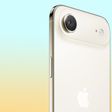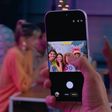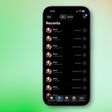In addition to our standalone articles covering the latest Apple news and rumors at MacRumors, this Quick Takes column provides a bite-sized recap of other headlines about Apple and its competitors on weekdays.

Wednesday, February 28
iOS 11 jailbreak released with Cydia, which turns 10 today: Cydia was released by Jay Freeman, better known as saurik, on February 28, 2008. The unofficial App Store is the gateway to installing apps, tweaks, themes, and other files on jailbroken iPhone, iPad, and iPod touch devices, outside of Apple's control.
Just yesterday, a new jailbreak called Electra was released for iOS 11 through iOS 11.1.2. It is the first iOS 11 jailbreak to include Cydia, although it is a modified version that may cause issues, so proceed at your own risk.
Commentary: While jailbreaking has faded in popularity over the years, Cydia remains a centerpiece of the community after a decade. Freeman is still in the process of updating Cydia and its frameworks to be fully compatible with iOS 11, so it might be a good idea to hold off on using the Electra jailbreak to avoid problems.
Waymo's self-driving cars have now covered five million miles on public roads: Waymo says the first million miles took six years to complete, while the fifth million took just under three months, as its testing rapidly speeds up.
To celebrate the milestone, Waymo shared a 360-degree video today that reveals how its self-driving vehicles view their surroundings, recognize objects like cars and pedestrians, and predict what those things will do. The video combines footage and real-time data from a trip around Phoenix, Arizona.
Commentary: A recent report claimed Apple is accelerating development of its own self-driving software to compete with the likes of Waymo, but it sounds like the iPhone maker may have significant ground to make up still.
Flutter enters beta, Sketch 49 released with iOS 11 design templates: Bohemian Coding's popular app design tool Sketch has been updated with Apple's official iOS 11 design templates, including tab bars, status bars, buttons, and other user interface elements for developers to incorporate into their apps.

In related news, Google's new mobile UI framework Flutter entered beta yesterday. Flutter aims to help developers more quickly craft high-quality native interfaces for both iOS and Android, with support for both iOS 11 and the iPhone X on the Apple side. Beginners can read Flutter's Getting Started guide.
Commentary: Sketch and Flutter can help developers to more quickly design iPhone and iPad apps that are consistent with iOS 11's design language.
Marco Arment says developing Apple Watch apps is "extremely frustrating and limited": Apple doesn't give developers access to the same watchOS frameworks that it uses for its own Apple Watch apps. Instead, it offers WatchKit, which Arment argues can only be used to create "baby" apps.
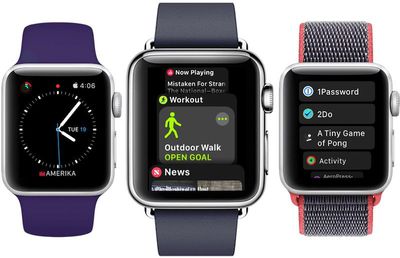
Commentary: There has certainly been a trend of some developers discontinuing their Apple Watch apps in recent months, including notable brands like Amazon, eBay, Google Maps, and Slack. Apple providing developers with expanded watchOS resources could encourage those companies to reconsider.
For more Apple news and rumors coverage, visit our Front Page, Mac Blog, and iOS Blog. Also visit our forums to join in the discussion.


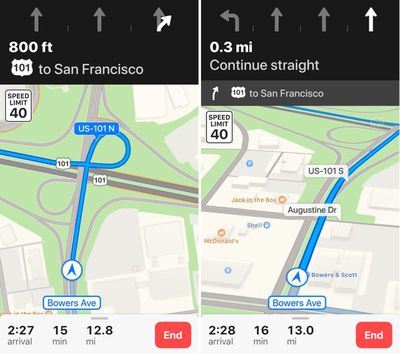
 Spotify today filed to go public and plans to begin trading on the New York Stock Exchange under the name SPOT, reports
Spotify today filed to go public and plans to begin trading on the New York Stock Exchange under the name SPOT, reports 
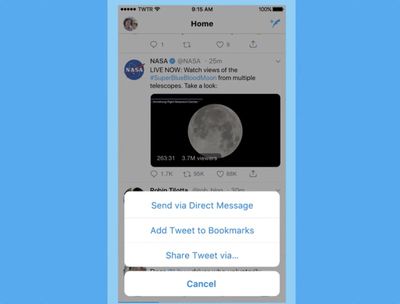
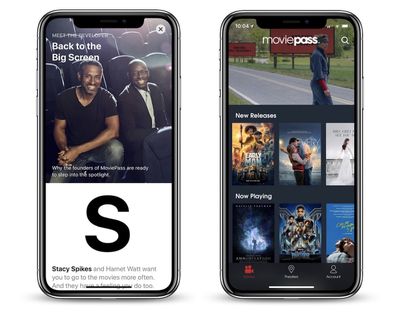

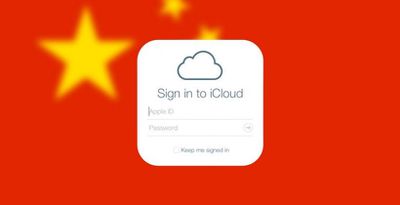
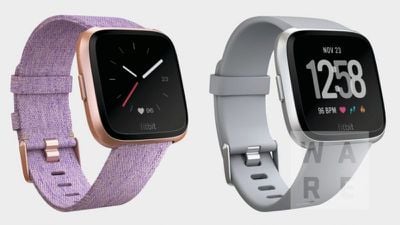
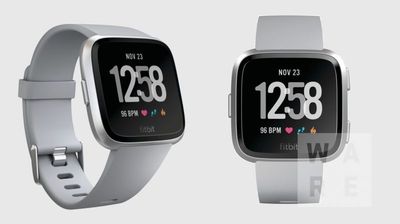


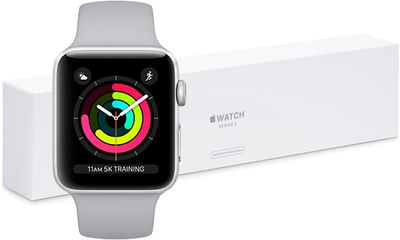
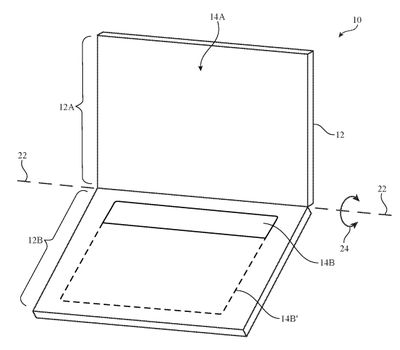
 Amazon is acquiring
Amazon is acquiring 








